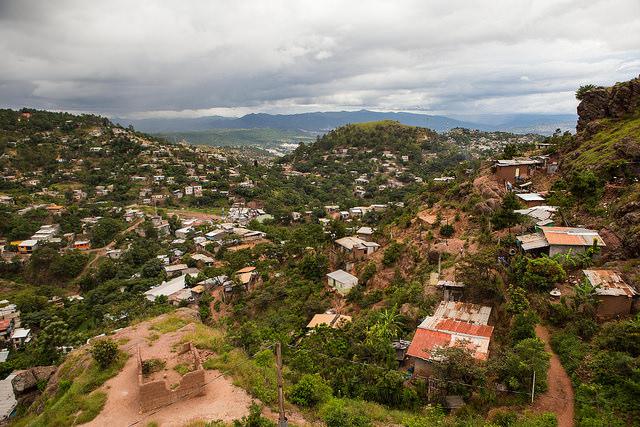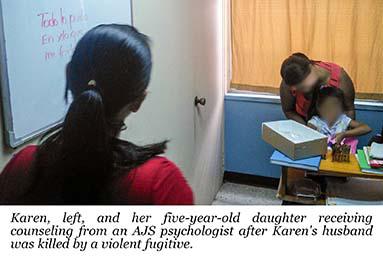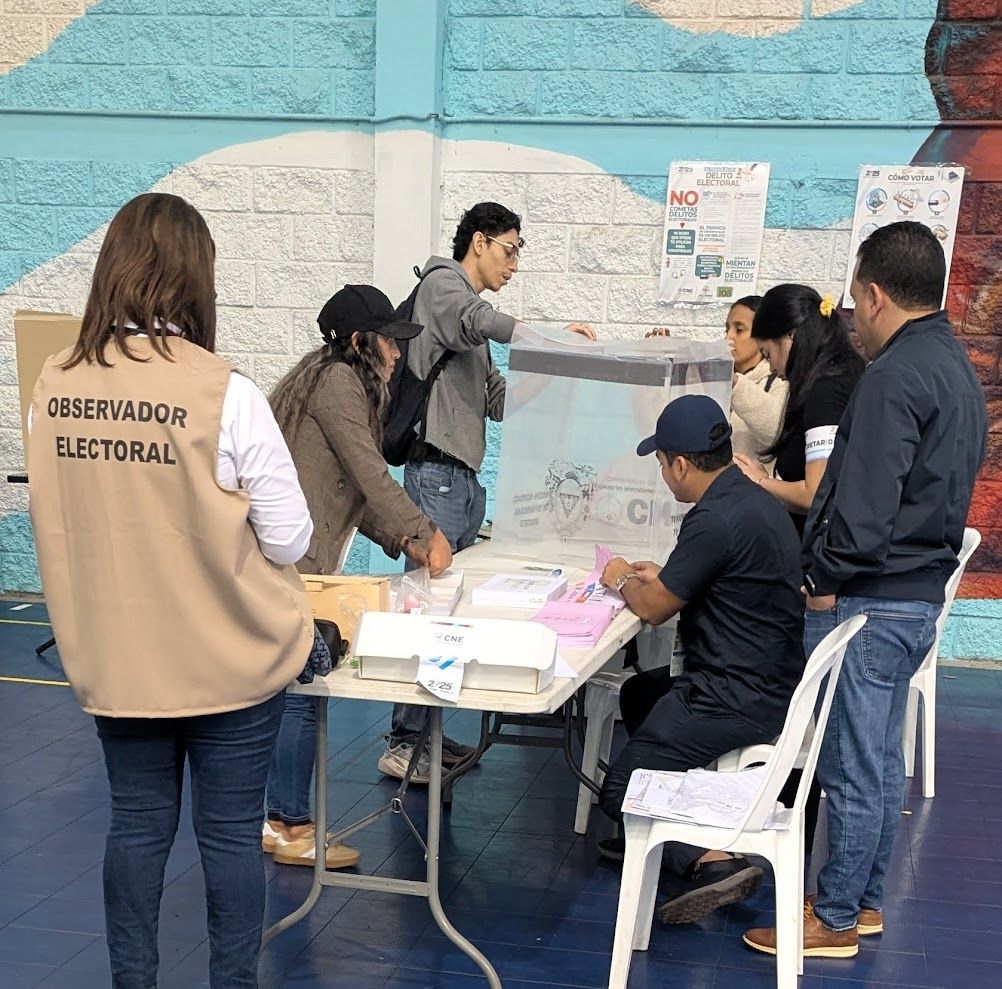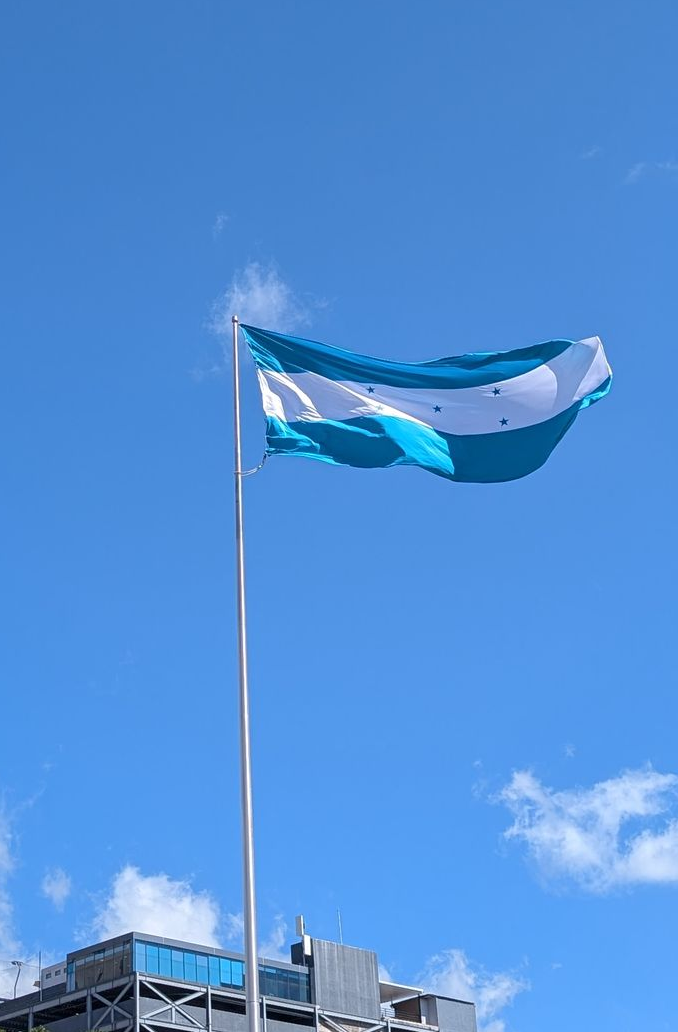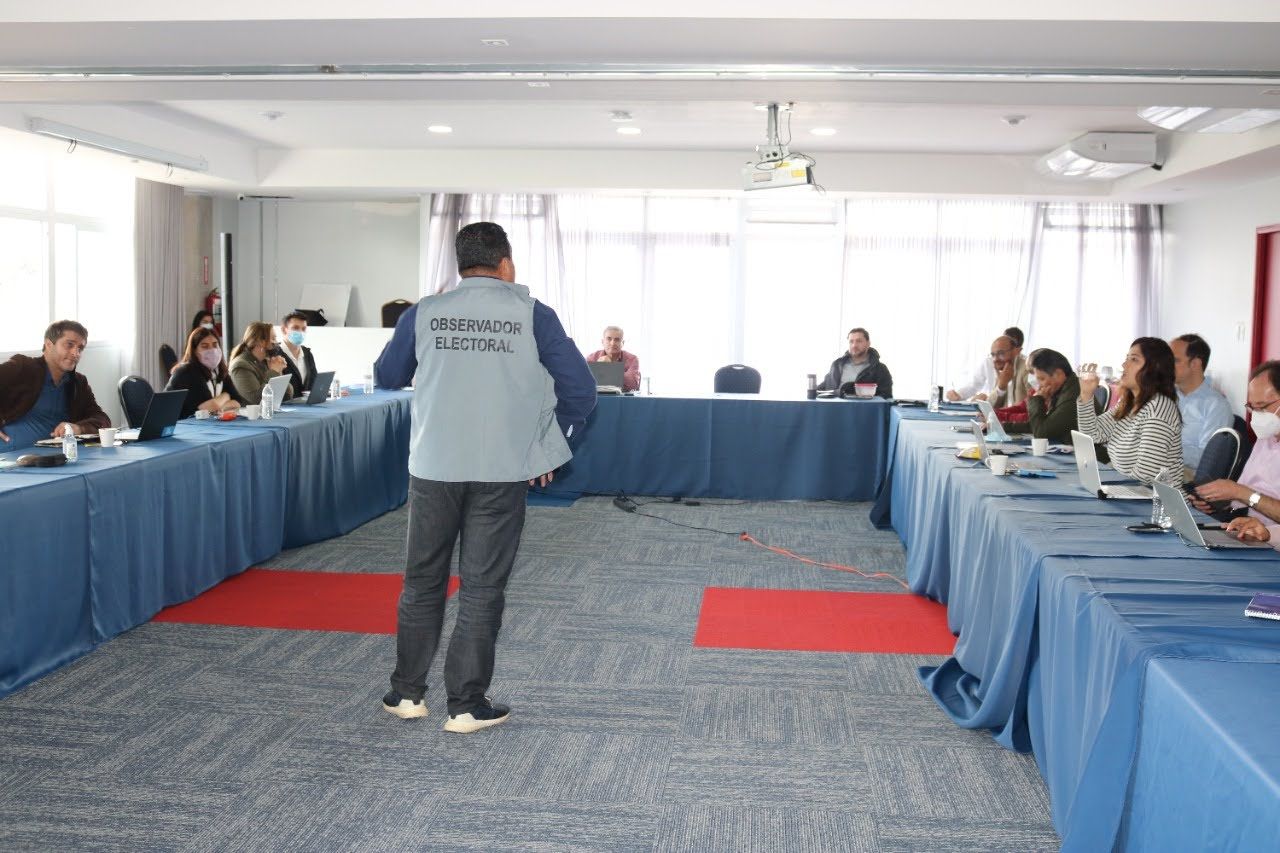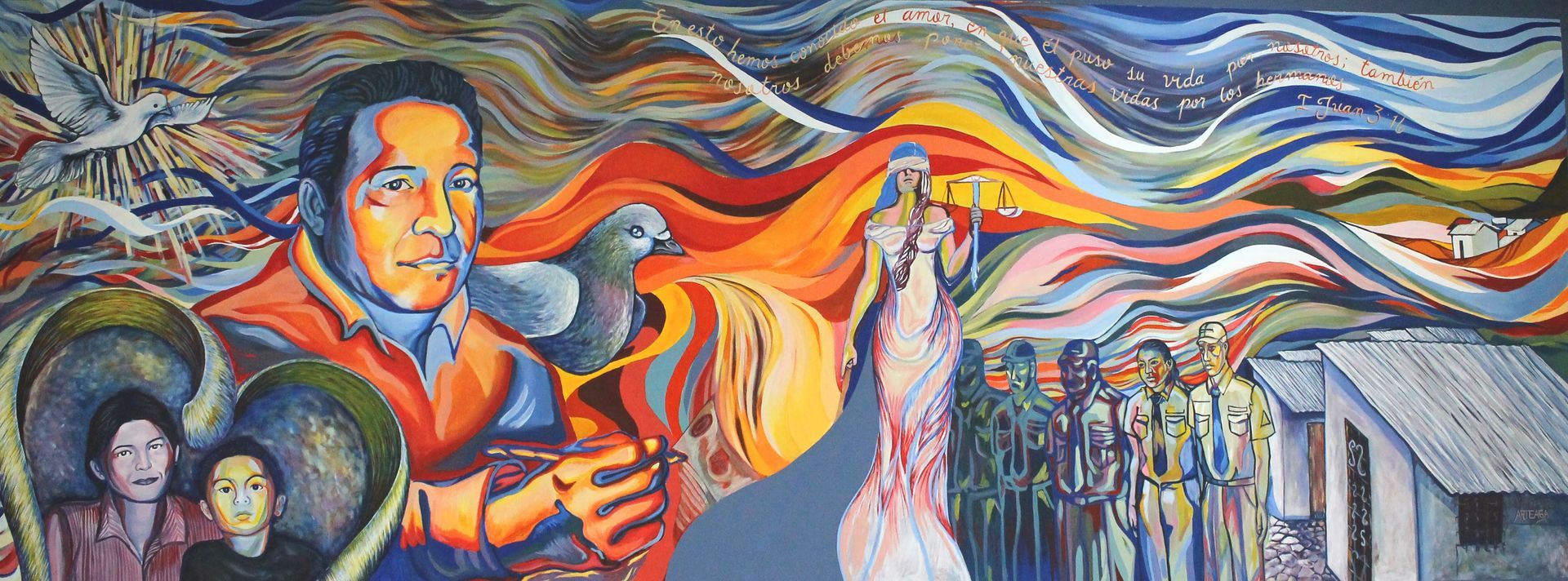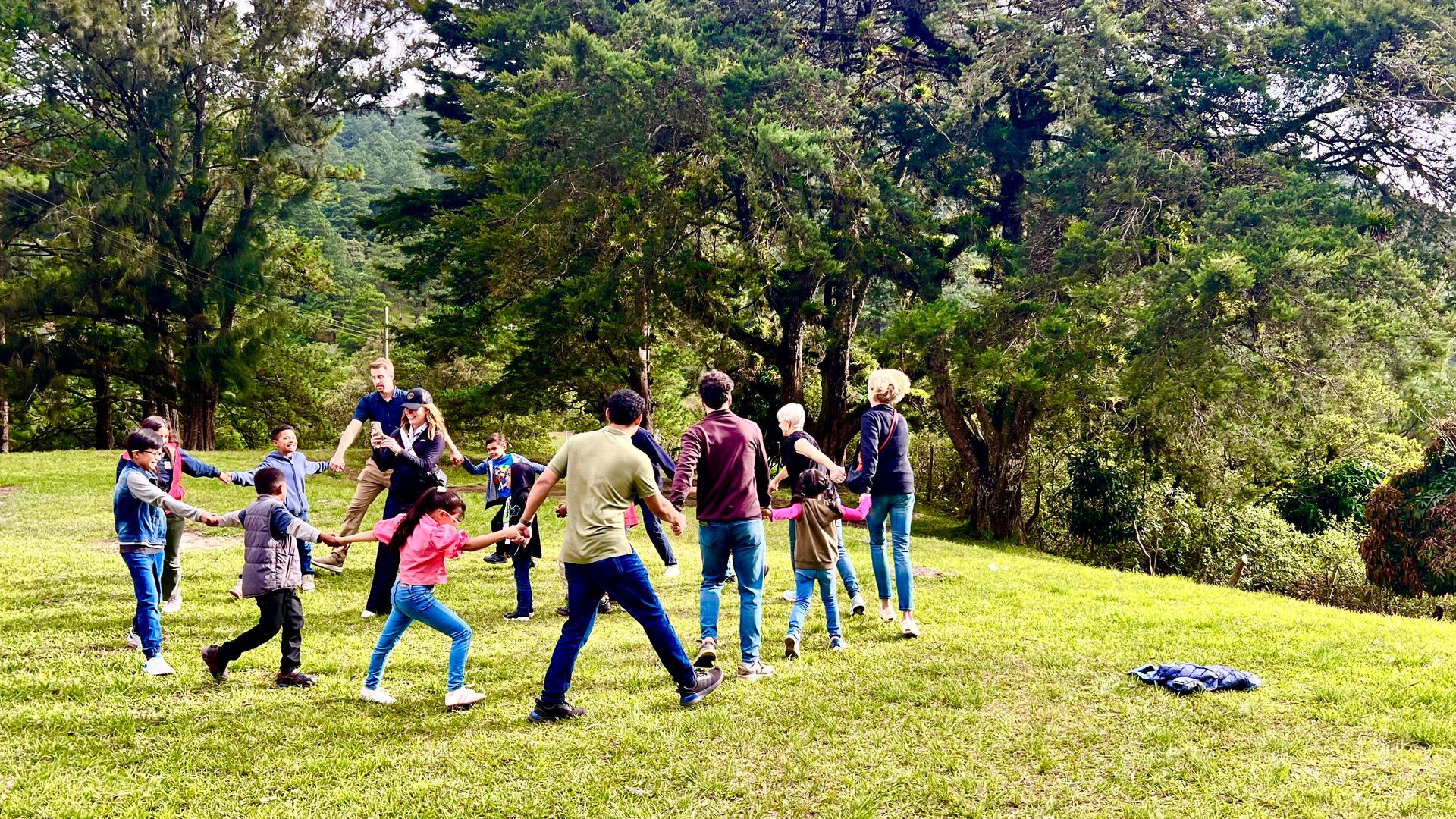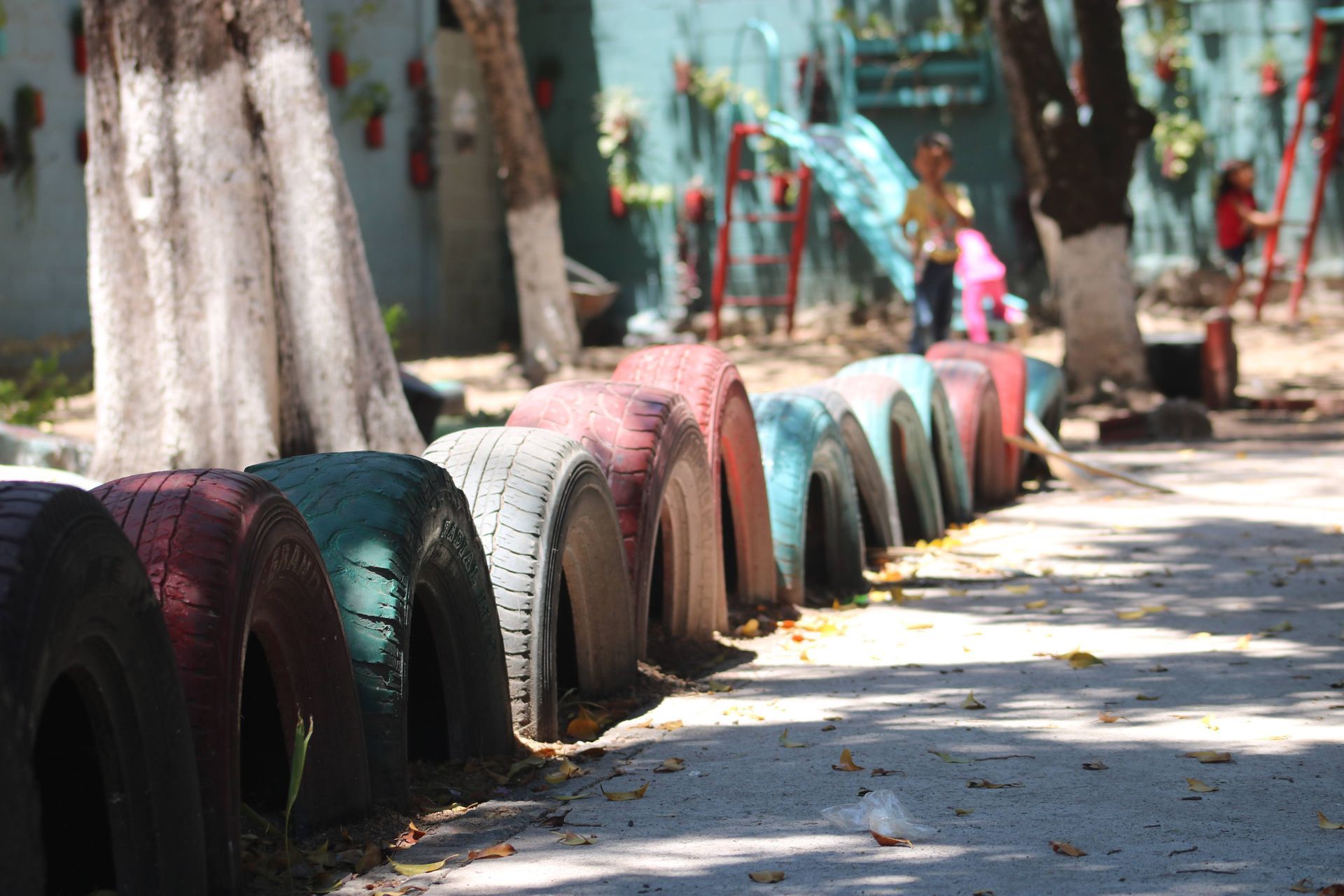October 30, 2015
In the 12 months after he escaped from prison, Marcos* killed at least three people.
He was constantly on the move — and the police were constantly a step behind. He’d bounce from the rural hills outside of Honduras’ capital city, Tegucigalpa, to poor urban neighborhoods and back again — leaving a trail of crime and violence in his wake.
What made Marcos’s killings even more painful was that they would never have happened if he hadn’t escaped from prison after ASJ (formerly known as AJS) staff risked their lives to stop him seven years earlier.
In Broad Daylight
In 2005, 14-year-old Isaac* had gotten mixed up with some bad folks. One September night, he found himself at a birthday party that had taken a wild turn with alcohol, dancing, and unsavory characters.
Across the room from Isaac, a group of men stood eyeing him and talking in hushed tones; Marcos was among them. Around midnight, the men grabbed Isaac and took him outside. They brought him down a dark road that led to the neighborhood soccer field. After 40 minutes passed, the men returned without Isaac. His body was found in the field the next morning.
Marcos was part of a group of criminals who called themselves “The Masked Ones.” Led by a Honduran military deserter who took guns and equipment with him when he left, the group had gained a fearsome reputation for killing anyone they didn’t like and calling it “cleaning up the neighborhood.”
The group is believed to have killed at least twenty boys between 11 and 17 years old. The ruthless squad nabbed kids drinking sodas right outside of neighborhood shops and drove away with them in broad daylight.
Honduras’ weak and corrupt police force was no match for the group’s callous violence, and they continued murdering youth for two years. Then ASJ began working on the case.
Teams of brave lawyers, psychologists, and investigators from ASJ worked exhaustively with trustworthy Honduran authorities to arrest and convict nearly all the members of the group in 2006 and 2007. Marcos was among those sent to prison. The community breathed a little easier.
It was in communities like this one where Marcos continued his violence. The gang he helped lead had killed 20 boys between 11 and 17 years old.
Back on the Loose
In Honduras, prison escapes happen with regrettable frequency. An ASJ investigation found that at least 15 dangerous prisoners escaped from 2010-2014. Last year, Marcos was one of them.
His next murder happened only 12 days after escaping from prison. Marcos was helping to run an extortion operation that involved forcing bus drivers to pay them a portion of the fares they collected.
Miguel* was a shoe salesman who worked near a bus terminal in a poor neighborhood of the city. As he was working on a spring day last year, a false rumor spread among the extortion collectors that Miguel was trying to steal from their money box. When Marcos heard the rumor, he and two accomplices approached Miguel. They opened fire on him, and Miguel died in the street, leaving behind a wife and three-year-old daughter.
Over the next 12 months, Marcos continued to evade arrest. Roaming from community to community around the city, he was linked to at least two more killings.
Working together, ASJ staff and Honduran officials were able to identify Marcos’s phone number and then use cellphone towers to triangulate his location based on the phone’s signal. They learned his routes and routines.
Finally, in April 2015, an opportune moment arrived for police and ASJ investigators. They moved in and successfully arrested Marcos.
ASJ’s staff proved crucial to ending Marcos’s 13-month stretch of violence in poor communities. Through this case and dozens of others, ASJ staff are building new bridges of trust between community members and Honduran law enforcement — leading to the police and justice officials actually serving and protecting poor Hondurans against violence and injustice.
Mending the Wounds





